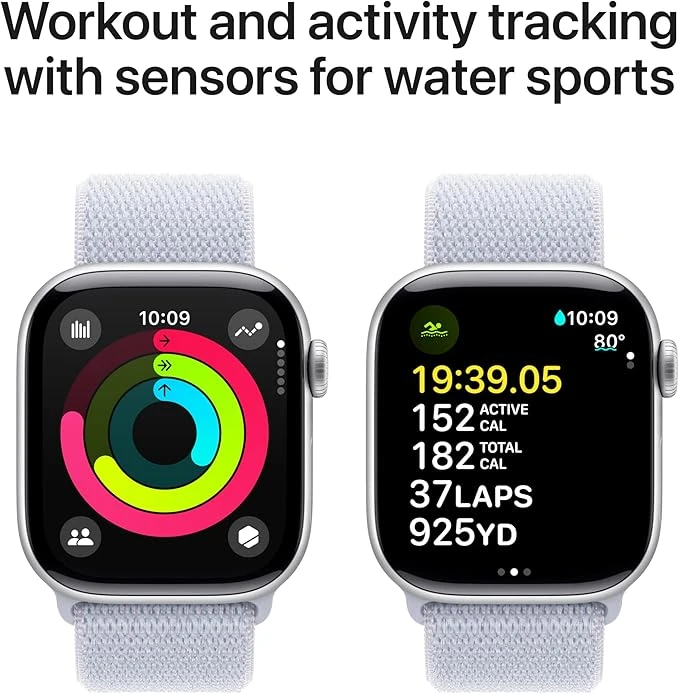
How does the OEM treadmill production process actually work?
Alright, let’s break this down like we’re building a sandwich (because who doesn’t love sandwiches?).
Step 1: Initial Consultation
You (or your team) explain exactly what you want:
Motor specs, belt size, color scheme, screen features—everything.
Pro tip: The more detailed your wishlist, the better the factory can nail it.
Step 2: Design & Quotation
The factory will mock up your treadmill.
They’ll send you CAD designs, 3D models, and a quote based on your requested specs.
If they don’t? Walk away.
Original Equipment Manufacturer gym partners must be transparent at this stage.
Step 3: Prototyping
They'll build a prototype. This is your baby.
Test it. Try to break it. Nitpick every wobble, squeak, or weird screen lag.
It’s way cheaper to fix problems now than after 500 units are in production.
Step 4: Adjustments & Approval
You send feedback. Maybe the handles feel weird. Maybe the fan speed is too weak.
Whatever it is — good OEM partners WANT your feedback.
Step 5: Mass Production
Once you give the green light, the factory orders materials, schedules production, and starts cranking out your treadmills.
Timeframe?
Usually about 6 to 10 weeks, depending on order size and customization complexity.
Insider Tips: What I wish I knew before my first OEM treadmill order
Okay, real talk — here’s the stuff no factory brochure will tell you:
- MOQ (Minimum Order Quantity) matters. Some factories won’t budge below 100 units. Others are flexible. Negotiate early.
- Shipping kills budgets fast. Treadmills are heavy. Plan for freight costs—and warehouse space.
- Never skip pre-shipment inspection. I once skipped it to “save time.” Result? 12% of treadmills arrived with loose consoles. Never again.
- Small upgrades = Big impact. We added reinforced deck supports and silent motors. Members raved—and they stuck around longer.
- Think about future-proofing. Smart screens. Bluetooth updates. Modular designs. Don’t buy a treadmill that’s outdated before it even ships.
Honestly?
Treat your first OEM treadmill project like a major product launch, not just a “bulk order.”
It’ll change the whole vibe of your gym (and your brand reputation) long term.
Common mistakes when ordering OEM treadmills (and how to dodge them)
Look, I get it — when you first dive into OEM, it’s like being a kid in a candy store.
But trust me, mistakes can be expensive.
Here’s where most people trip up:
1. Not locking down specs early
Changing specs mid-production = delays + extra fees.
Before you green-light anything, make sure every single detail is final.
(Yes, even the belt thickness. I once watched a buddy's project get delayed six weeks because they forgot to specify the running belt material.)
2. Ignoring compliance standards
Different countries = different fitness equipment rules.
If you’re planning to export, make sure the treadmills meet fitness equipment certifications like CE (Europe) or FCC (U.S.).
Otherwise?
Customs will have a field day with your shipment—and you’ll have a giant, expensive headache.
3. Skipping warranty discussions
Ask upfront:
- What's the warranty period?
- What's covered?
- Who handles repairs?
One brand I consulted assumed "standard coverage" applied—and got burned when 30 out of 200 treadmills needed motor replacements.
Yikes.
Real-world example: How smart OEM treadmill design made a gym chain stand out
Let’s talk about my client, PulseFit Studios.
They didn’t have a huge budget. But they knew they wanted their cardio area to feel high-end.
Instead of going for flashy branding, we focused on small but killer customizations:
- Wider running decks for bigger users
- User-friendly UI with “One Touch Interval Mode”
- Built-in phone holders and USB chargers
- Startup screen that said "Ready to Crush It?"
Total cost increase? About 7% over basic models.
Impact on membership retention after six months? +15%.
Members told the staff it "felt like the equipment got them."
All because they spent a little extra time customizing with their OEM partner.
Moral of the story?
It’s the little touches that turn generic treadmills into brand assets.
🙋♂️ FAQs – Real Questions About OEM Treadmill Manufacturing
What's a realistic minimum order for custom treadmills?
Usually around 50 to 100 units.
Some manufacturers offer smaller "pilot" batches if you ask upfront.
How long does the full OEM treadmill process take?
From initial discussion to delivery?
Typically 4 to 6 months — faster if your design changes are minimal.
Can I visit the factory?
You should.
If you can't travel, ask for live video walkthroughs or third-party inspection reports.
Seeing the facility builds trust.
What’s the biggest hidden cost?
Shipping, hands down.
Treadmills are heavy and bulky. Always budget for freight—and check if the factory offers help with export logistics.
Can I add smart features like app syncing?
Absolutely.
Good OEM suppliers can integrate Bluetooth, fitness tracking, and even custom apps if you want to really wow your members.
💬 Final Thoughts
Ordering custom treadmills through OEM manufacturing isn’t just for big players anymore.
If you’ve got a vision, a decent plan, and a partner you trust, you can build a cardio experience that feels completely yours.
It’s not just about moving bodies through the gym faster.
It’s about creating a space people want to keep coming back to.
And guess what?
Those little decisions — like choosing a touchscreen that doesn’t lag, or adding a built-in phone charger — those stick with people.
You’ve got the blueprint now.
Go build something worth running toward. 🏃♂️🔥


